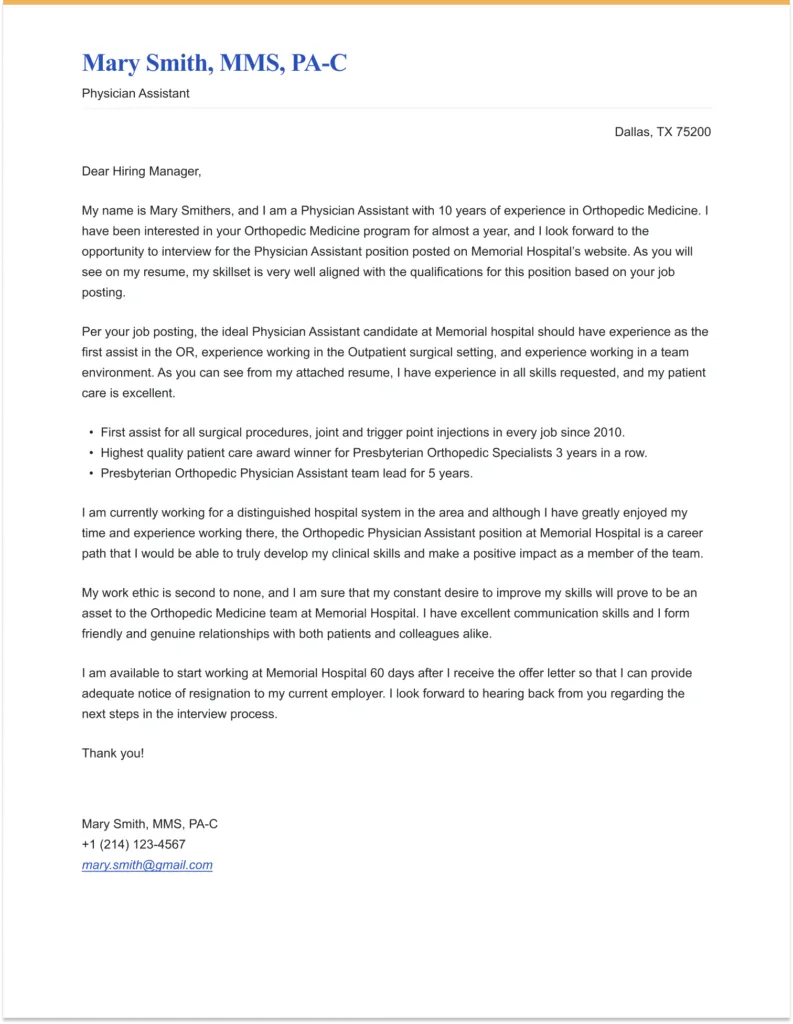What is a Cover Letter and Resume?
In the competitive world of job applications, a cover letter and resume serve as your primary tools to make a strong first impression. Understanding the distinct roles each plays is the first step toward crafting effective documents that showcase your qualifications and aspirations. The resume provides a concise summary of your professional journey, highlighting your skills, experience, and accomplishments. It’s a factual snapshot designed to quickly inform potential employers about your suitability for a role. A cover letter, on the other hand, offers a more personalized introduction, allowing you to elaborate on your interest in the specific position and company, while also explaining how your skills and experiences align with their needs. Both documents work in tandem to present a comprehensive view of you as a candidate, yet they fulfill unique functions in the hiring process. Mastering these differences is the key to making a lasting impact.
The Role of a Cover Letter
The cover letter serves as your personal ambassador, introducing you to the hiring manager and providing a platform to explain why you are the ideal candidate. Unlike a resume, a cover letter lets you convey your enthusiasm for the position and the company, demonstrating that you’ve done your homework and are genuinely interested. It allows you to humanize your application by showcasing your personality, writing style, and communication skills. A well-crafted cover letter expands on your resume’s highlights, connecting your past experiences to the specific requirements of the job. It gives you the opportunity to explain any gaps in your employment history or to address any concerns an employer might have. By tailoring your cover letter to each job, you can show the hiring manager that you’re not just sending out a generic application but that you are specifically interested in this role and this company.
Highlighting Skills and Experience

When writing a cover letter, strategically highlight the skills and experiences that best align with the job description. Start by thoroughly analyzing the job posting to identify the key requirements and desired qualifications. Then, select specific examples from your past experiences that demonstrate these skills. Use the cover letter to tell a story that connects your abilities with the company’s needs. Quantify your achievements whenever possible by including specific numbers and results. For instance, instead of saying ‘Managed social media accounts,’ you could write ‘Increased social media engagement by 30% within six months.’ Tailoring your cover letter to emphasize these relevant skills not only shows that you meet the requirements but also that you understand the role and the company’s objectives. Make sure to use action verbs to make your descriptions more dynamic and engaging.
The Role of a Resume
The resume is a concise, structured document that presents your professional and academic background. Its primary function is to provide a quick overview of your qualifications, making it easy for employers to assess your suitability for a role. A well-organized resume is essential because it’s often the first point of contact between you and a potential employer. It should succinctly list your work history, education, skills, and any relevant achievements. The resume should be tailored to the specific job you are applying for, emphasizing the experiences and skills most relevant to the position. It should be free of errors and easy to read, ensuring that the hiring manager can quickly understand your qualifications. Consider the resume as a snapshot of your professional life, a tool to get you to the next stage the interview.
Structuring Your Resume
A well-structured resume is easy to read and highlights your most relevant qualifications. Start with a clear header that includes your contact information: name, phone number, email address, and optionally, your LinkedIn profile link. Follow this with a professional summary or objective, which provides a brief overview of your career goals and key skills. Next, list your work experience in reverse chronological order, starting with your most recent job. For each role, include the company name, job title, dates of employment, and a bulleted list of your responsibilities and accomplishments. Include an education section, listing your degrees, certifications, and any relevant coursework. You may also include a skills section where you list both hard and soft skills relevant to the job. Keep the resume concise, typically one to two pages, and use clear headings and bullet points to make it easy to scan. Use a consistent format and avoid excessive use of graphics or unusual fonts.
Cover Letter vs Resume
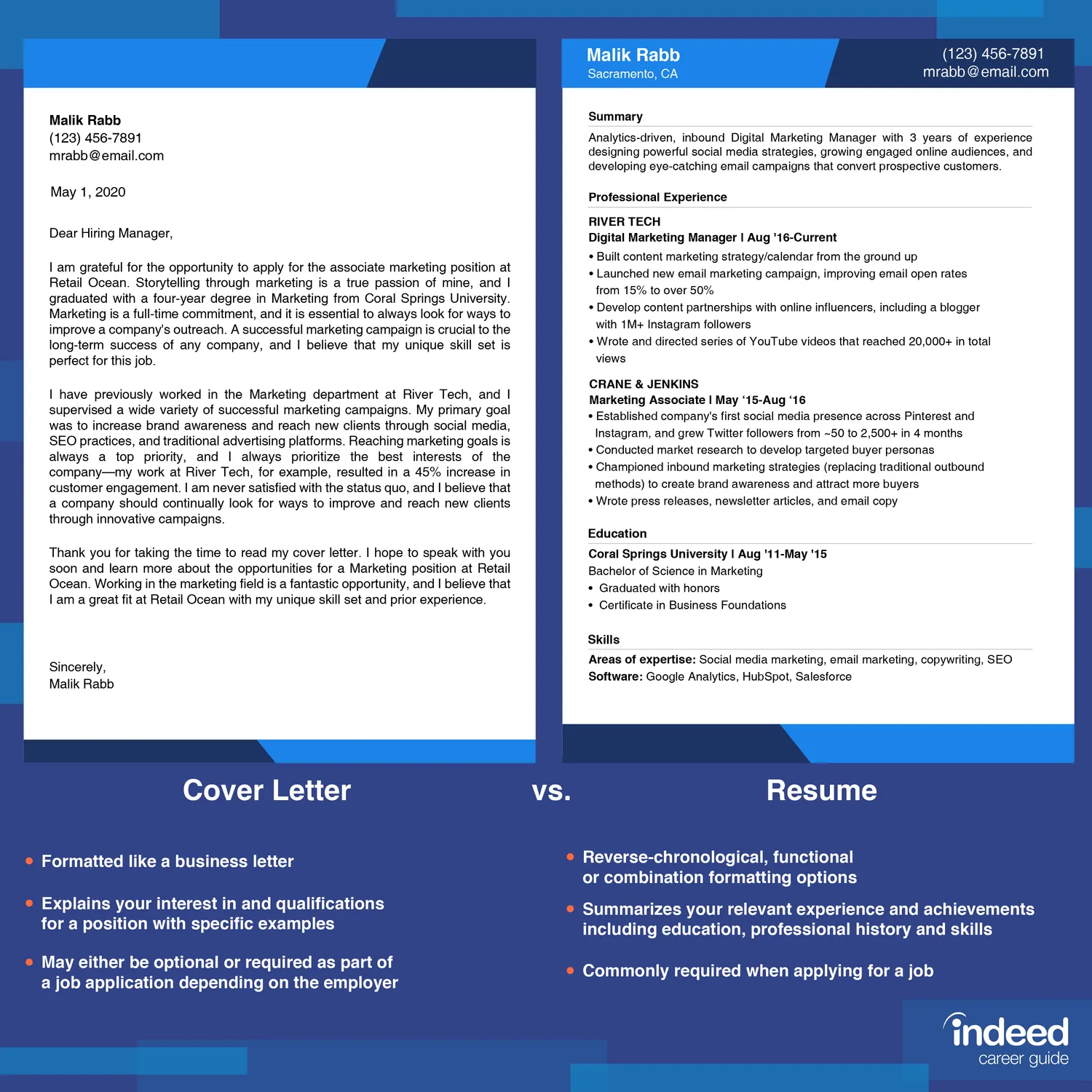
The cover letter and resume serve different but complementary purposes in the job application process. The resume is a factual overview of your qualifications, acting as a brief summary of your skills and experiences. It’s a document designed to quickly inform potential employers about your background and suitability for a role. It needs to be straightforward, and easily scanned for important information. The cover letter is designed to provide context, demonstrating why you are specifically interested in the role and company. It allows you to express your personality, enthusiasm, and writing skills. It can provide additional details, which make you unique. Both documents are essential for a complete application. One without the other, would be a missed opportunity.
Key Differences
The key differences between a cover letter and resume lie in their approach and content. The resume focuses on factual information, presenting your work history, skills, and education in a concise format. The cover letter is a more personal document where you can expand on your qualifications, express your interest in the role, and make a compelling case for why you should be hired. The resume is a list-like document, easy to skim. The cover letter is written in paragraph format and showcases your writing skills and personality. While the resume is tailored to the job description, the cover letter allows you to tailor it to the specific role and the company.
When to Use a Cover Letter
You should use a cover letter whenever you apply for a job, unless explicitly instructed not to. A cover letter is particularly important when you are applying for roles that require strong communication skills, such as those in marketing, communications, or customer service. It is especially useful for jobs where demonstrating your personality and enthusiasm can set you apart. Including a cover letter is also beneficial when your resume might have gaps or if you are changing careers. The cover letter gives you the opportunity to provide context, explain any career transitions, and emphasize how your transferable skills apply to the new role. When applying for jobs where there is stiff competition, a cover letter can help you stand out, showcasing your attention to detail and dedication.
When a Resume is Sufficient
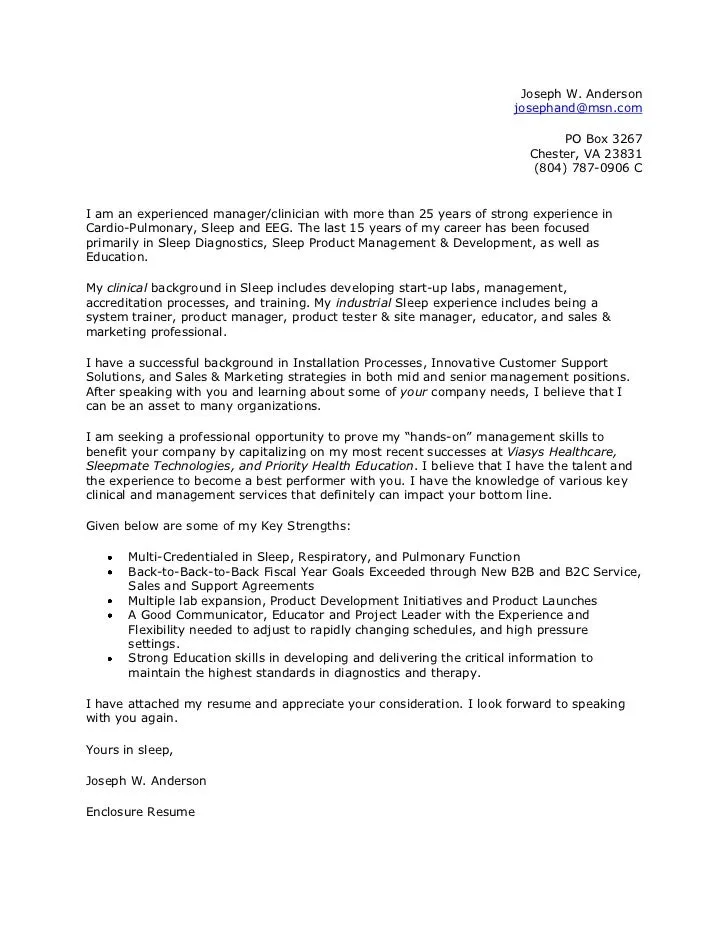
While a cover letter is generally recommended, there may be instances where a resume alone is sufficient. This is often true when applying through online portals that do not explicitly request a cover letter. In such cases, make sure your resume is highly detailed and tailored to the job description. For very technical or specialized roles, where the primary focus is on skills and certifications, the resume might be the more critical document. Be sure to check the job posting instructions carefully. If a cover letter is not requested, submitting one may not be necessary, but it’s always a good idea to err on the side of caution and include a tailored cover letter if you believe it will enhance your application. Be certain to carefully review all the provided guidelines.
Tips for Writing a Cover Letter
A well-written cover letter is essential for making a strong first impression. Always start by addressing the hiring manager by name if possible; otherwise, use a professional greeting. State the position you’re applying for and where you saw the job posting. In the body of your letter, explain why you’re interested in the role and the company, and highlight how your skills and experiences align with their needs. Provide specific examples that showcase your achievements, using action verbs to describe your accomplishments. Tailor your letter to each job, and avoid generic templates. End with a call to action, expressing your enthusiasm for the opportunity and your availability for an interview. Proofread your cover letter meticulously for any errors in grammar and spelling. Make it personal, professional, and passionate.
Formatting and Tone
The formatting and tone of your cover letter are crucial for conveying a professional image. Use a clear, readable font like Arial or Times New Roman, with a font size between 10 and 12 points. Maintain a formal and professional tone throughout the letter, using proper grammar, punctuation, and sentence structure. Your writing should be concise, and the letter should typically be no longer than one page. The letter should be well-structured, with clear paragraphs that are easy to read. Avoid slang, jargon, and overly casual language. The tone should be enthusiastic and confident, but not arrogant. Be polite, respectful, and show your genuine interest in the role and the company. The formatting and tone should reflect your attention to detail.
Highlighting Relevant Skills
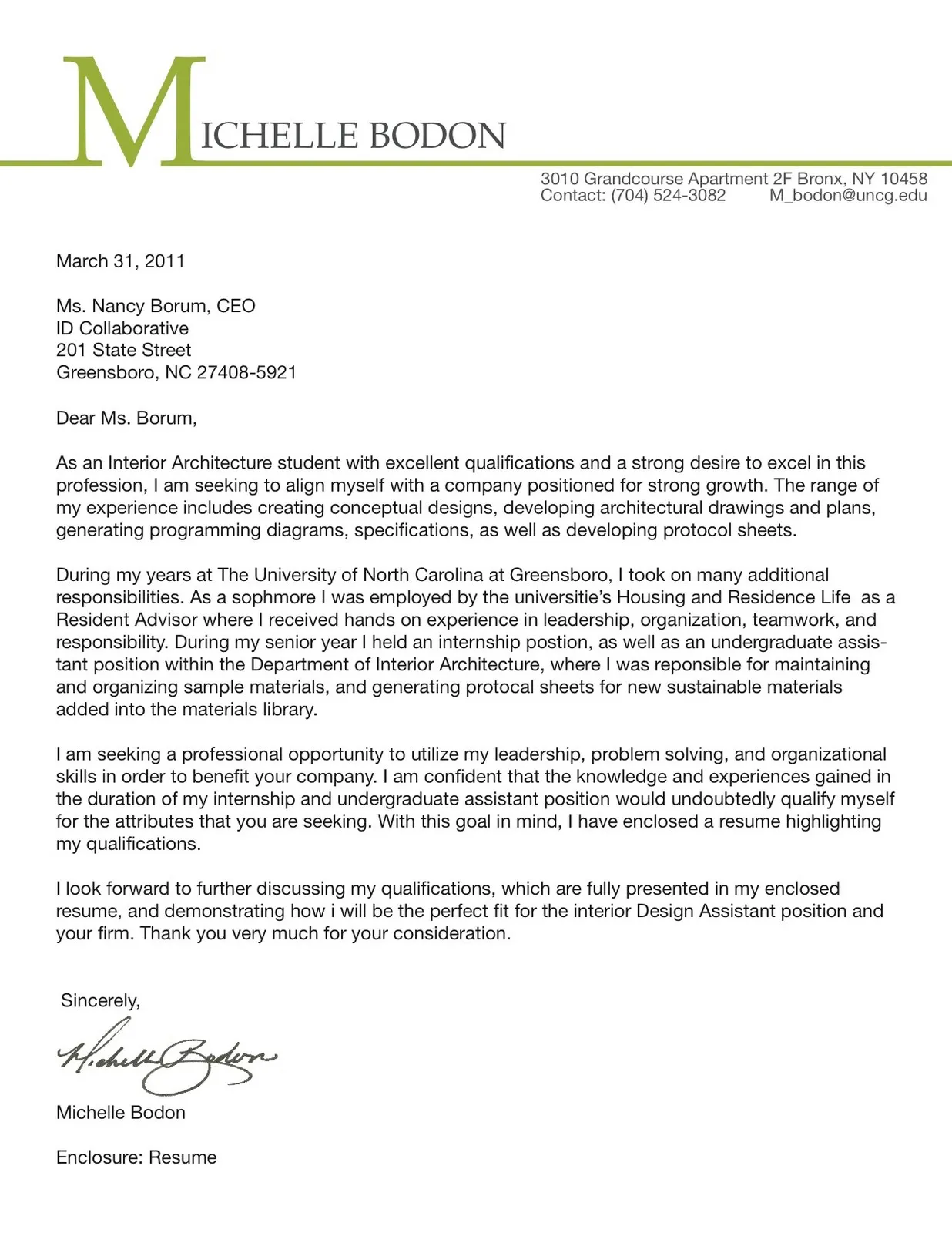
When writing your cover letter, make sure to highlight your skills in a way that aligns with the requirements of the job. Analyze the job description carefully to identify the key skills and qualifications the employer is looking for. Then, provide specific examples from your experience that demonstrate these skills. Use action verbs to describe what you have done. For example, instead of saying ‘Responsible for managing projects,’ you might write ‘Managed multiple projects, delivering them on time and within budget.’ Quantify your achievements whenever possible, using numbers and data to show the impact of your work. Make sure to tailor your cover letter to each job, emphasizing the skills and experiences that are most relevant to the specific position.
Tips for Writing a Resume
Your resume is your professional introduction, and its effectiveness hinges on clarity, conciseness, and relevance. Start by choosing a resume format that best suits your experience and career goals. Common formats include chronological, functional, and combination resumes. Chronological resumes are ideal for those with a consistent work history, while functional resumes highlight skills over work experience, and combination resumes blend both. Include a clear header with your contact information: name, phone number, email address, and professional online profiles like LinkedIn. List your work experience in reverse chronological order, detailing each role with your job title, company name, dates of employment, and bullet points describing your responsibilities and achievements. Be certain to tailor your resume to the job requirements.
Formatting and Layout
The formatting and layout of your resume can significantly impact its readability and appeal. Choose a professional, easy-to-read font like Arial or Calibri, with a font size between 10 and 12 points. Use clear headings and subheadings to organize the information logically. Use bullet points to list your responsibilities and accomplishments, making them easy to scan. Keep the resume concise, ideally no more than one to two pages, depending on your experience. Maintain consistent formatting throughout the document, with uniform margins and spacing. Use boldface or italics sparingly to highlight key information. Consider using a resume template or a professional resume builder to ensure a polished look and feel. The goal is to make it visually appealing and easy for recruiters to quickly find the information they need.
Tailoring Your Resume
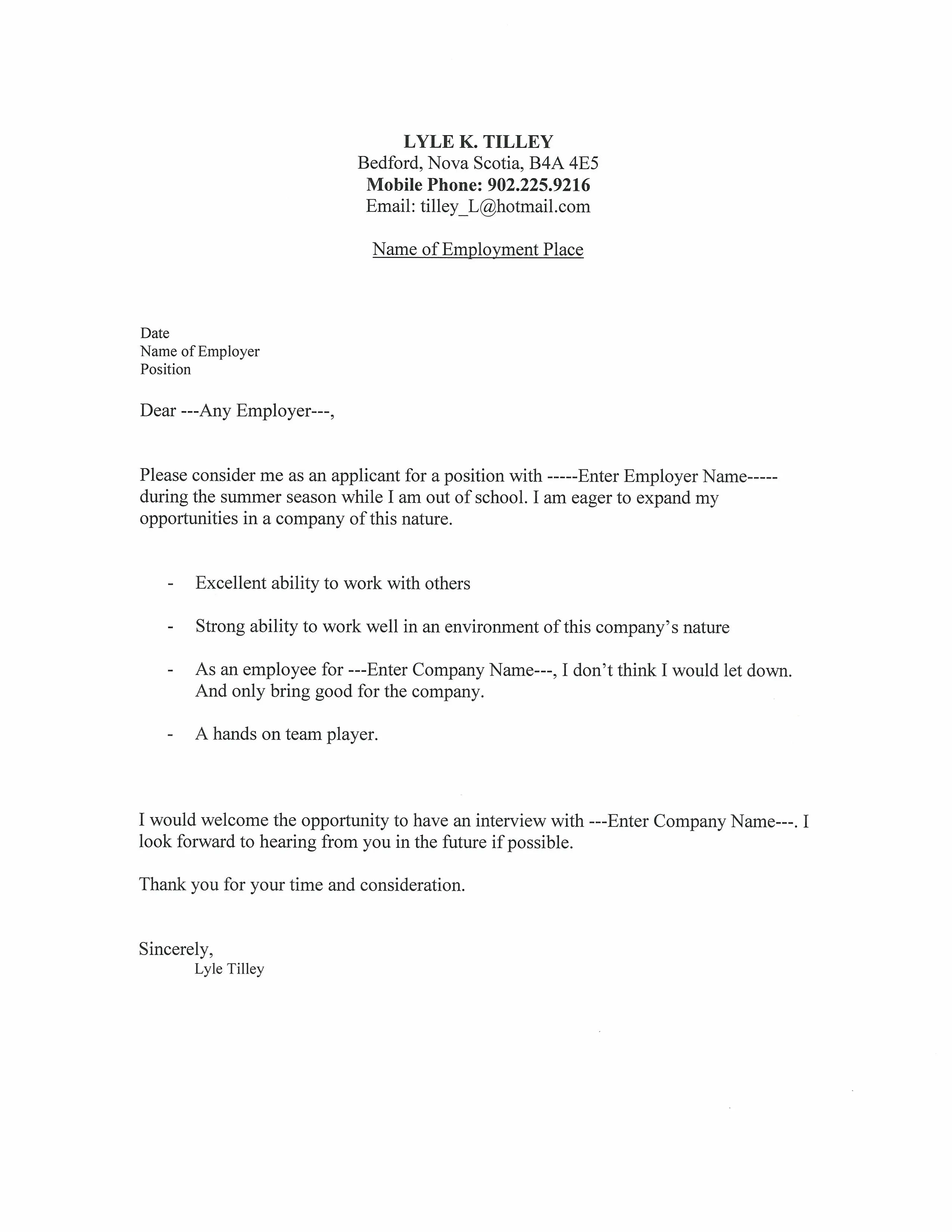
Tailoring your resume for each job application is crucial for maximizing your chances of success. Review the job description carefully and identify the key skills, experiences, and qualifications the employer is seeking. Then, adjust your resume to highlight the most relevant information. Use keywords from the job description throughout your resume, especially in your professional summary, skills section, and descriptions of your work experience. Prioritize the experiences and skills that are most relevant to the job and tailor your descriptions to match the requirements. Quantify your achievements whenever possible by including specific numbers and data to demonstrate your impact. Make sure to update your resume for each role. Proofread your resume thoroughly to eliminate any errors and ensure that it is tailored to each specific application.
Key Differences
Understanding the key differences between a cover letter and a resume is essential for a successful job application. The resume is a factual, chronological document that provides a detailed overview of your work history, skills, and education. It’s designed to be a quick reference for potential employers. A cover letter allows you to express your interest in the role, showcase your writing skills, and connect your experiences to the job requirements. The resume focuses on facts; the cover letter provides context and personality. The resume is a list, and the cover letter is a narrative. Use both to show that you are the ideal candidate.
The Importance of Proofreading
Proofreading is a critical step in the job application process, and it is often overlooked. Errors in your cover letter and resume can damage your credibility and reduce your chances of getting an interview. Before submitting your application, carefully review both documents for any typos, grammatical errors, or inconsistencies. Read them aloud to catch any awkward phrasing or sentence structure. Have a trusted friend or family member review your documents for a fresh perspective. Pay close attention to details like dates, contact information, and the correct spelling of company names and job titles. The goal is to eliminate errors. Proofreading shows attention to detail.
Tools and Resources
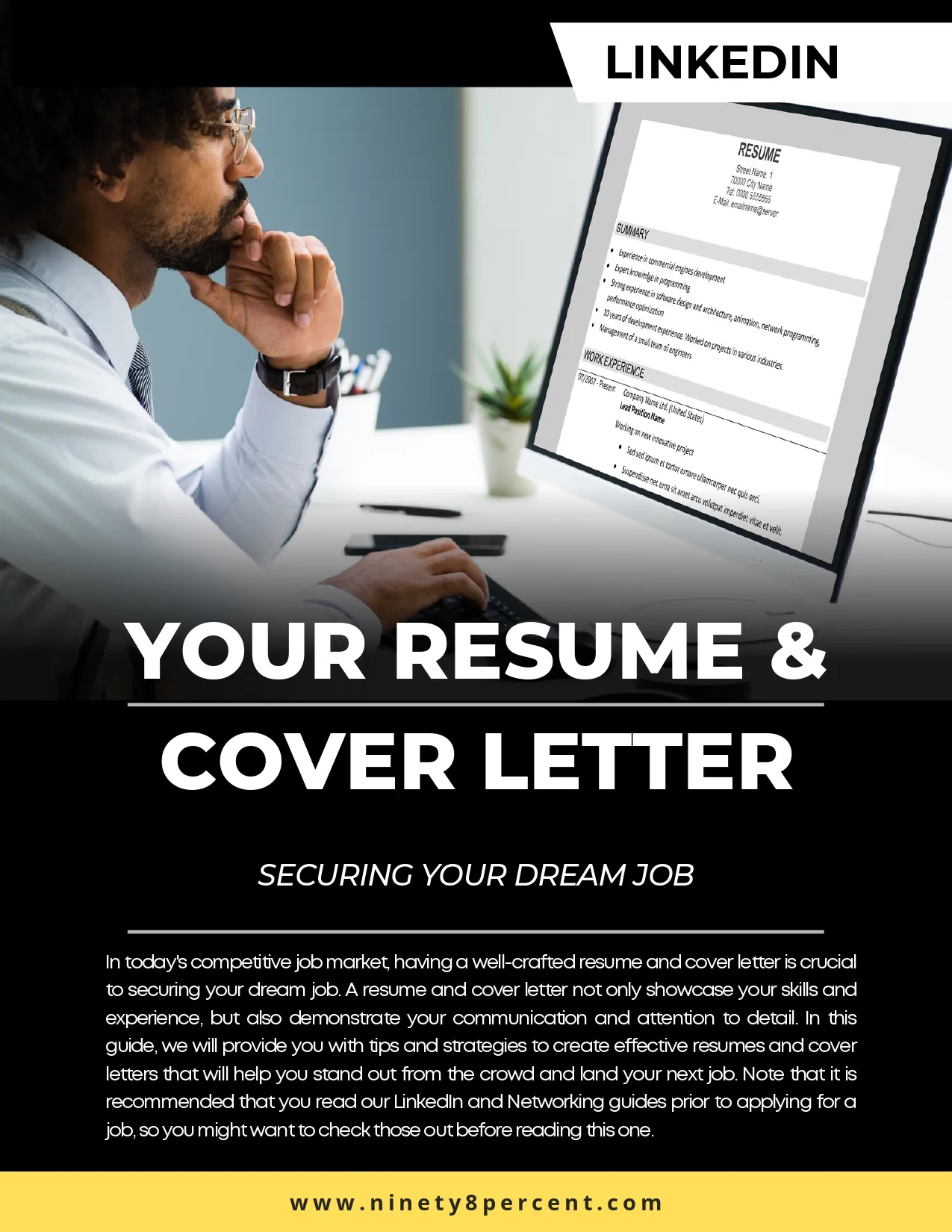
There are numerous tools and resources available to help you create effective cover letters and resumes. Utilize online resume builders and cover letter templates, which can provide a structured framework and help you format your documents professionally. Many free and paid options are available, allowing you to customize your resume to fit your needs. There are also grammar and spell-checking tools, such as Grammarly, to help you identify and correct errors. Take advantage of career services offered by universities, colleges, or professional organizations to get feedback on your resume and cover letter. Consider seeking advice from a career coach or resume writer, who can provide expert guidance and help you tailor your application materials to specific job opportunities. Be certain to utilize all the resources available to you.
Online Templates
Online templates can provide a solid starting point for creating professional-looking cover letters and resumes. Many websites offer free and premium templates that are easy to customize with your information. When selecting a template, consider your industry, your experience level, and the overall style you want to convey. Choose a template that is clean, modern, and easy to read. Make sure the template is compatible with your word processing software. Customize the template to fit your specific needs, ensuring it highlights your key skills and experiences. Be certain to tailor the template to match your desired career, as well as the jobs you’re applying for.
Professional Review Services
Professional review services can provide valuable feedback and help you refine your cover letter and resume. These services are offered by career coaches, resume writers, and other professionals who have experience in helping job seekers. They can review your documents for grammar, style, formatting, and content. These professionals can offer insights into how to better tailor your application materials to the specific requirements of the job. They can help you identify areas where you can improve your presentation and highlight your strengths effectively. Consider this a smart investment in your career.
